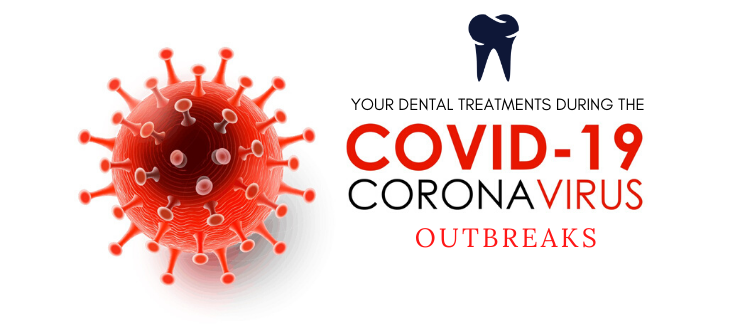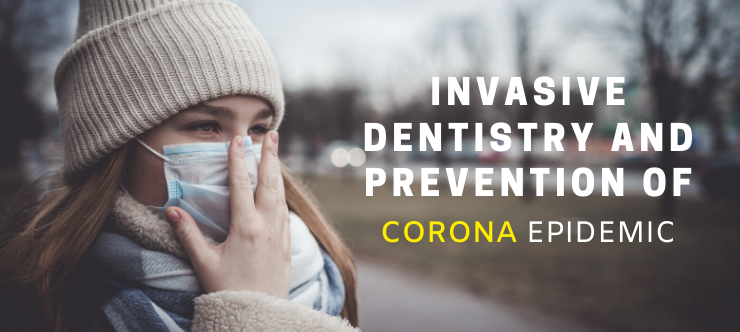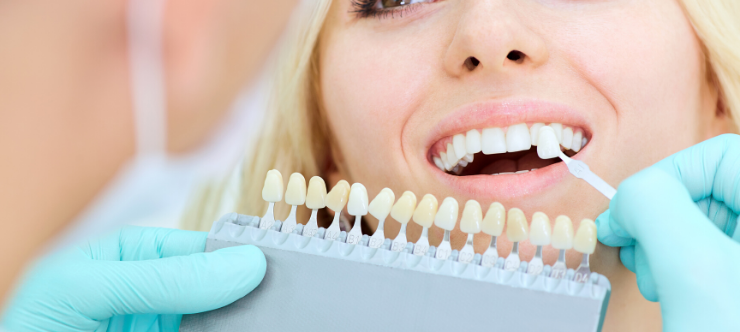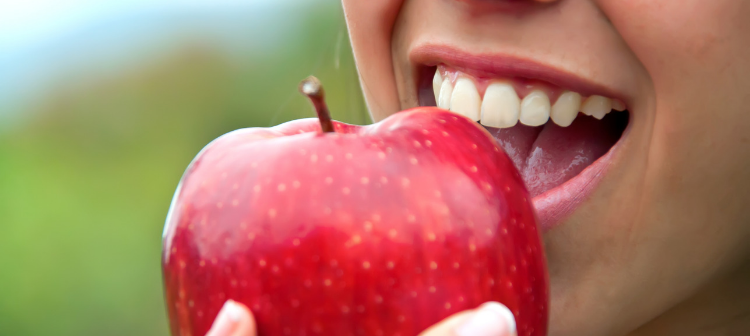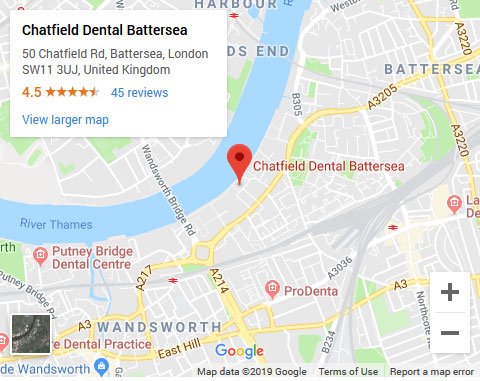COVID-19 precautions for Chatfield Dental Centre employees and patients. Learn More
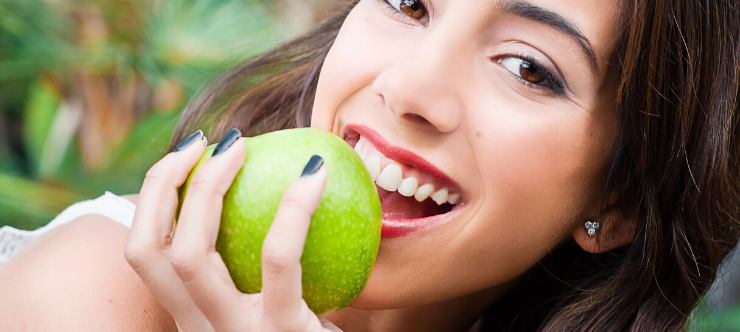
White Diet to Follow after Your Teeth whitening Treatment
There are certain foods and drinks that can stain your white t-shirt easily. Similarly, these foods and drinks can cause stains to your teeth too. It is important to know what you can eat and what you should avoid after the teeth whitening treatment. If you have recently whitened your teeth, then they are highly susceptible to staining. So, it is recommended to have a white diet immediately after the procedure. It is advised to talk to your dentist and know how you can keep your teeth in a good condition.
Understand your teeth properly
The tooth is broken in three parts – the root, the neck, and the crown. As teeth whitening affect the crown only, the dentist will focus on these parts of your tooth.
- Enamel: This is the hardest part and top layer of your tooth. The color may range from slight yellow to grey white and so, some people have whiter teeth. The role of the enamel is to protect the inside of your tooth that has sensitive nerves. If you consume food that is hot, cold, or acidic, then the enamel will act as a form of a guard against it.
- Dentin: This covers your full tooth from the crown to the root and then connects to the nerves. It has an elastic structure that keeps the enamel from fracturing and connecting to the remaining tooth. Dentin is extremely susceptible to decay and bacteria and so, it should be protected by the enamel. Hence, people may suffer from sensitivity and pain to some foods and drinks.
Short term effects of teeth whitening
Teeth whitening is a safe procedure and involves minimal risk when you consult with a professional. If you have been asked to have a white diet for the time being, then this may be due to these reasons:
- Dentin Exposure: Teeth whitening uses hydrogen peroxide for bleaching the stained areas and making them whiter. The procedure may expose the dentin layer temporarily with an increase in your teeth sensitivity. The dentin layer is highly susceptible to erosion and bacteria and so, you need to know what foods to avoid after performing a whitening treatment.
- Gum Irritation: The procedure may cause the soft tissue to become irritated which can be uncomfortable. Luckily, this is a temporary side-effect for all cases that disappears within one to three days after the teeth whitening treatment.
A white diet can reduce stain marks on the teeth but it can also help to reduce the level of discomfort in your teeth and gums.
What cause stains to your teeth?
There are three factors that may contribute to stains in your teeth and these are –chromogens, tannins and acids. They are usually found in common foods and drinks that can cause stains to the enamel or make it weak thus, allowing for stains to set easily.
The White Diet
Go through the list of white foods that you can eat and the ones that you should avoid when you perform a teeth whitening procedure.
What you can eat
- Chicken/Turkey– Chicken or turkey is a healthy meat that you can eat after the treatment.
- Fish– Avoid eating dark fish, but white fish like albacore are fine.
- Pasta– Though pasta is fine, avoid eating colored sauces like green pesto or tomato sauce.
- White Cheese– You should not include wine with this meal.
- Onion– White onion is preferred as red onion has some coloring and you should avoid it.
- Egg Whites– The yolk has colour and so, you should remove it at the time of cooking.
- Potatoes– It is suggested to peel off the skin and eat white potatoes.
- White Bread– You need to remove the crust.
- Bananas– These are a great snack but have little risk to your teeth color.
- Yoghurt– You should eat white yoghurt as coloured yoghurt may lead to stains.
- Porridge– You can sure enjoy some porridge if you wish to.
What you should avoid
- Coffee– If you need coffee, then add milk to reduce the effect of staining. Restrict the amount you drink to two cups at the most as staining increase with the more cups you drink.
- Tea– Dark tea is worse for the color of your teeth. So, if you cannot fight the craving, then follow the advice given by your dentist.
- Wine– Red wine has acidic properties and dark colors that make it a high-risk drink. Though white wine do not cause stain to the teeth, the acidity may weaken the enamel that increases your susceptibility to other stained foods.
- Fizzy Drinks– Avoid taking acidic and colored drinks completely, if possible.
- Fruit Juices– Avoid taking fruit juices as they are highly acidic in nature.
- Dark condiments– Balsamic vinegar, soy sauce and tomato sauce have the risks for their acidity and color.
- Dark Fruits– You should avoid eating dark fruits like blackberries.
- Sweets and Chocolate– The color of your tongue changes after eating sweets and chocolate. Your teeth are at a greater risk from stains in the same way.
- Tobacco– It is suggested to quit smoking after the procedure and so, you should use nicotine patches and other products to fight the craving.
Thus, teeth whitening is considered to be a great procedure that can transform your smile and boost your confidence level for several years ahead. The white diet is not at all very hard to follow and needed for the first 48 hours only after you have your teeth whitening treatment. This will ensure that you can have whiter and brighter teeth with improved an overall appearance for many years ahead. Book a dentist in Battersea at Chatfield Dental Centre for a teeth whitening consultation and get the treatment done quickly.
Categories
- composite filling( 0 )
- cosmetic dentistry( 5 )
- COVID – 19 Outbreaks( 1 )
- crown( 0 )
- Dental Implants( 0 )
- exam( 0 )
- facial aesthetics( 1 )
- General Dentistry( 3 )
- gold inlays( 0 )
- gum disease( 1 )
- invisalign( 3 )
- porcelain inlays( 0 )
- Preventive Dentistry( 1 )
- prophyflex stain removals( 0 )
- root canal( 1 )
- Teeth Straightening( 1 )
- teeth whitening( 1 )
- veneers( 0 )






